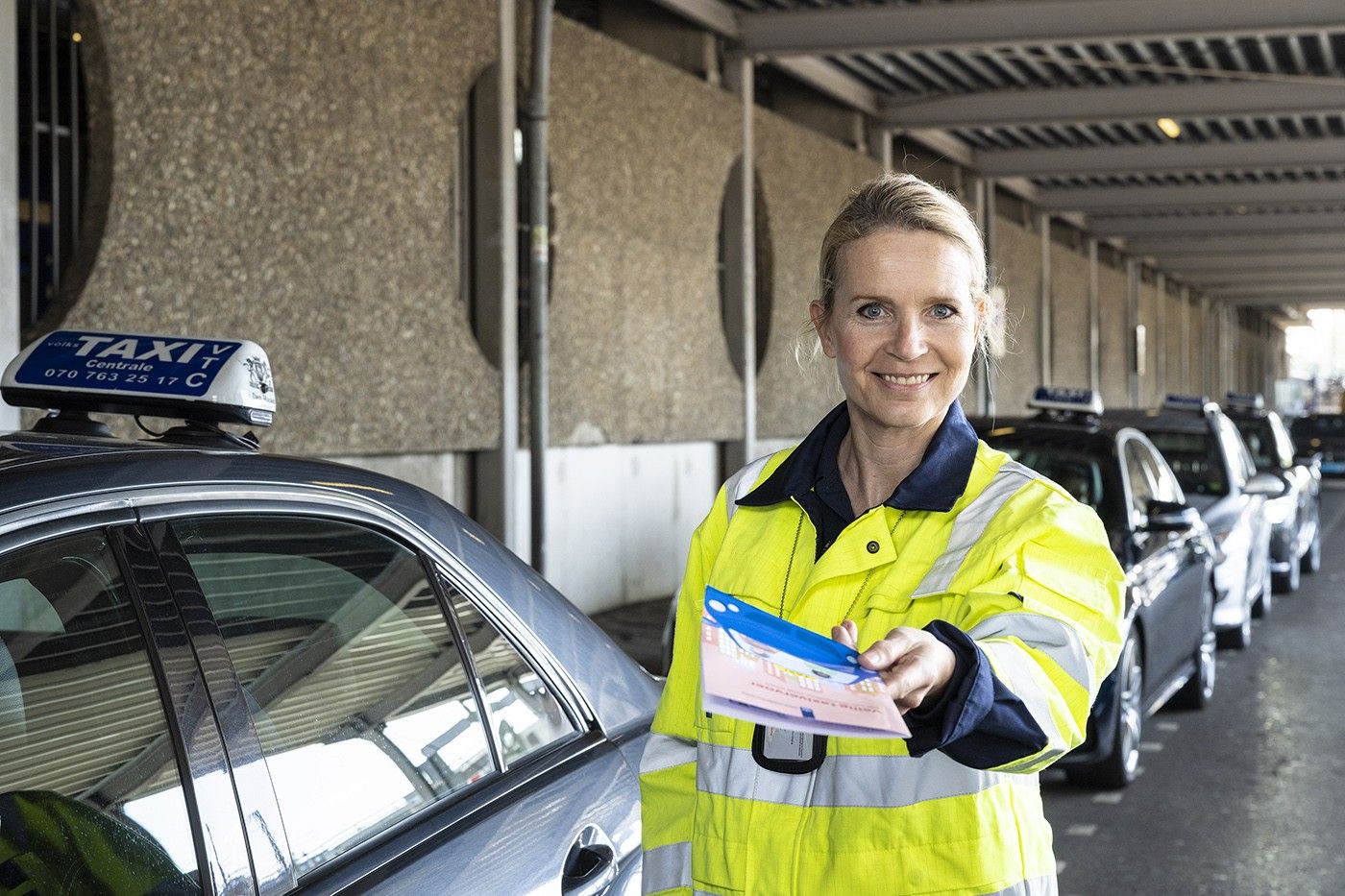The House is informed about the planning of the successor to the Taxi On-Board Computer (BCT), the Central Taxi Transport Database (CDT).
By today, the State Secretary for Infrastructure and Water Management Vivianne Heijnen must provide an important update on the progress of files relating to Public Transport (Public Transport) and Taxi. This information is contained in a collection letter to the House of Representatives, sent in preparation for the upcoming committee debate Public Transport and Taxi on March 20, 2024. A key point in this update is the introduction of the Central Taxi Transport Database (CDT), a system developed by the Human Environment and Transport Inspectorate (ILT) at the request of the State Secretary.
The CDT is intended as the successor to the Taxi On-Board Computer (BCT) and promises a significant improvement in the field of data management in the taxi industry. The launch of this new system was originally scheduled for July 1, 2024, but recent developments have led to a postponement until January 1, 2025. This change in schedule was communicated to the sector during a meeting of the Directorate General of Mobility (DGMO), where the adjusted timeline and the reasons for it were discussed.
The delay enables the government and the sector to simultaneously offer the General Administrative Order (AMvB) and the ministerial regulation for internet consultation. This was an explicit wish from the taxi industry, because it offers them the opportunity to provide feedback on both schemes at the same time, which improves the efficiency and effectiveness of the consultation process.
One of the reasons for the postponed implementation date is the need to thoroughly evaluate the findings of a field test. This practical test, carried out in collaboration with representatives of the taxi industry, was intended to assess how the CDT functions in daily practice. This test provided important insights into the expected costs for the sector and the performance of the new system. Such feedback is crucial for refining the Order in Council and the ministerial regulation so that they better meet the needs and realities of the taxi industry.
The introduction of the CDT marks an important step forward in digitizing and centralizing data within the Dutch taxi industry. It is a clear example of how government and sector are working together to modernize regulations and infrastructure, with the aim of improving the efficiency, transparency and reliability of taxi transport.





